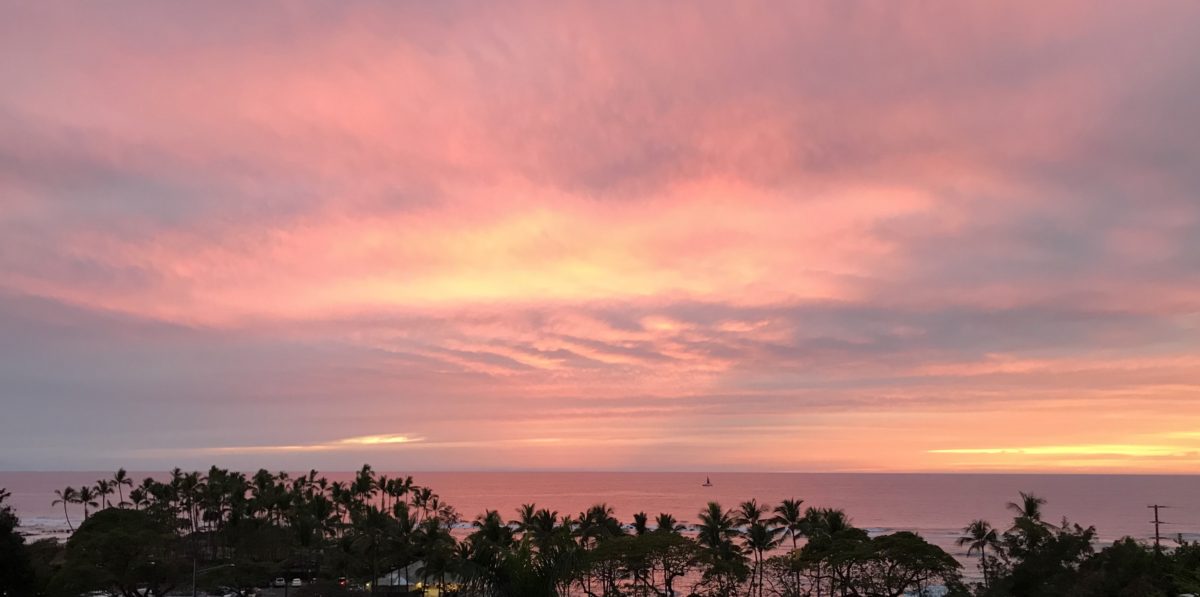We are all familiar with the school yard bully. He usually exerted physical dominance and was in a habit of getting what he wanted by threatening and abusing others. He surrounded himself with people who were either like minded or they were themselves intimidated and fell into line behind the bully.
The bully succeeded for a number of reasons. Some of his victims avoided him while others were content to stand by as the bully harassed other kids. The “so long as it’s not happening to me” scenario. Some kids tried to be nice to the bully, some even praised him for his power, and rationalized how he really wasn’t such a bad guy once you got to know him. Probably best to appease the bully and perhaps he would just go away or at least leave me alone.
The policy of appeasement is not restricted to the playground because a bully grows up and acts the same way as an adult.
Europe and the West appeased Russia for years and now the Ukraine is feeling the full affects of a bully flexing his empowered muscles. How could the World not see this coming? There was Georgia and then the Crimea. Each time the West was outraged and implemented some modest sanctions that ultimately meant nothing. The pattern of abuse by Russia was clear. Perhaps the ultimate insult to victims everywhere was when a United States President legitimized the bully by praising and, thereby, further empowering him.
So how did Russia get into a position to capitalize on the policy of appeasement? Oil and natural gas.
The Russian economy is abysmal in relation to the size of their population. They make up about 2% of the World economy which is the same as Canada but they have almost 4 times the population of Canada. The substantial Russian oil and natural gas revenues have benefited their leader and the Oligarchs. The Russian people continue to suffer under Communism and they do not share in the oil and natural gas wealth. It is this wealth that has financed the war on other sovereign countries.
Given the Russian history under their current leader, how could Europe become dependent on Russian oil and natural gas and at the same time the United States and Canada made no meaningful objections? In fact, the United States and Canada import Russian oil.
A number of pipelines flow from Russia through the Ukraine to Europe and the Nord Stream pipeline carries natural gas from Russia to Germany under the Baltic Sea. The Germans liked the idea so much they agreed to a parallel line called Nord Stream 2. The second line is complete but certification is on hold given the Russian unprovoked attack on the Ukraine. Will future Russian appeasement see the Nord Stream 2 line operational?
The political influences of socialist policies in Germany has lead to the closure of their nuclear power plants. The hope for sustainable wind and solar power is but a dream when you consider the demand for power. Hence the dependence on Russian oil and natural gas. The same political influences exist in the United States and Canada where the Keystone Pipeline has been cancelled and new energy projects are draped in red tape and propaganda that insists oil is dirty. A west to east pipeline in Canada is shunned while Ontario and Quebec rely on foreign oil from jurisdictions that do not adhere to the same standards our Canadian companies must operate in.
It is worth noting that the current Russian sanctions by the United States and Europe do not mention Russian oil and natural gas. Does the appeasement effectively continue?
Sadly, we watch the Ukraine being devastated by a bully and the only way we can assist is by hurting Russia economically. The Ukrainian people must fight for their own destiny as do the Russian people. If they want something better it is up to them.
It is time to recognize the Russian leader for what he is and isolate him and his friends financially such that he is not in a position to wage war on innocent people. This isolation must continue long after the current conflict has subsided and the policy of appeasement must stop.
My second cup is now empty……………………..















